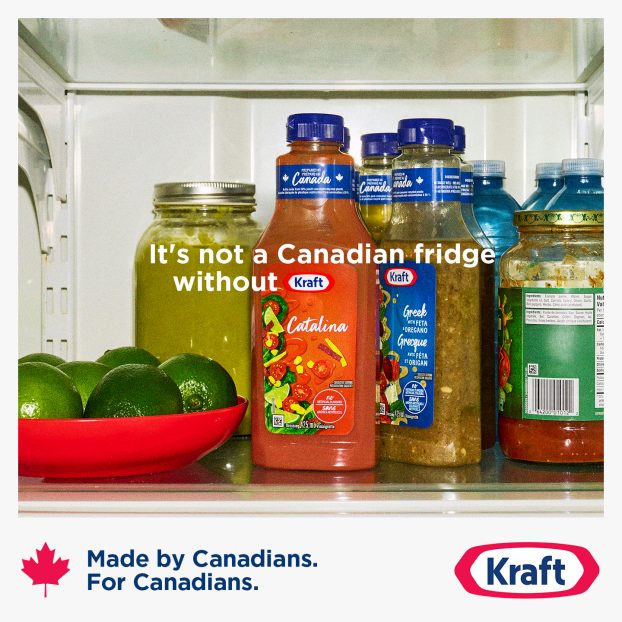Shirley A. Roberts is the owner of Market Driven Solutions, a marketing and sales consulting practice based in Mississauga, Ont. This is the second in a three-part series by Roberts on consumer rebellion against products and prices they once revered, and how companies can thrive today, not just in spite of the defection, but, because of it.
Consumers are now revolting against the very products they made successful in the 1970s and ’80s.
They are also rebelling against the very prices they gladly paid.
In my last article, we discussed these dramatically shifted consumer attitudes and buying behavior.
In the next two articles, we will focus on recovery strategies that allow businesses to adapt to this changed consumer, without jeopardizing profitability.
There are many opportunities for consumer goods and services companies to cut costs, make the remaining dollars work harder, while also being more aligned with consumer-changed needs.
In this second article, we will explore the first two of five Principles of Consumer-Paradigm Realignment (cpr):
1. Improving consumer value.
2. Personalizing products and markets.
3. Cutting the fat out of marketing and sales budgets.
4. Increasing organization responsiveness.
5. Enhancing the selling environment.
Adopting cpr principles
1. Improve the price/value relationship without jeopardizing margin, by giving consumers more features they value, while eliminating those they do not.
Consumer research that determines which product features consumers value today, and which ones are irrelevant, will allow companies to reduce costs while increasingly meeting consumers’ needs.
For example, five years ago, women’s shoes sold for more than $100 and had leather uppers and soles.
Today, similar shoes are selling for $65, but with leather uppers and rubber soles.
The consumer is getting less expensive shoes, but with the advantages of increased stability and durability that rubber provides.
Value-added benefits offered at a lower price are definitely where consumers’ heads are at these days.
Consumers are sensitive to the price they are paying, since most products have risen by more than 20% over the past eight years.
The index below shows the extent of price increases consumers have endured in key consumer product categories.
It may be time to test pricing options that will improve the price/value relationship.
The absolute price of a bottle of perfume at, say, $85, may turn off many shoppers. However, a smaller size at $45 may turn a ‘No’ into a ‘Yes.’
Perhaps there is a new format with less packaging that will permit a better price point, and, at the same time, be better for the environment.
2. Personalize products, markets and selling programs to the individual needs of key consumers and to the different markets in which they live.
We are leaving the world of mass marketing and entering the world of niche marketing and product customization.
Canadian plants are likely better equipped to deal with this trend than the larger mass production plants of the u.s.
Computerized production technologies, batch processing and continuous-flow operations, if invested in, make it possible to turn out cost-efficient small runs of increasingly personalized goods.
A common target audience in the ’80s was men and women aged 18-49. This is far too broad for many products today, and may lead to the use of inefficient advertising vehicles.
Information technology makes it possible to reach targetted consumers individually. Direct response marketing may, for some product categories, be an efficient way to reach heavy users, while fulfilling their affiliative needs.
Consumers in large urban centres such as Toronto or Vancouver are different from consumers in smaller urban centres such as London, Ont. or Edmonton.
Consumers in rural markets are also different.
Fragrance specialists in department stores in London know their customers better. Their recommendations are, therefore, more influential.
In Toronto, glitz and innovativeness are more important factors. Restaurants with seats are more productive than take-out service in the fast food business in smaller towns and in Quebec, where cultural differences and/or the pace is slower.
Marketing strategies, programs and selling approaches can become more cost-effective, if tailored to these different markets.
In my final article, we will explore the last three Principles of Consumer-Paradigm Realignment.
These recovery strategies will focus on business structural and operational changes required to market and sell more cost-efficiently and successfully.
Retail environment changes will also be explored.
endIt may be time to test pricing options that will improve the price/value relationship.
The absolute price of a bottle of perfume at, say, $85, may turn off many shoppers. However, a smaller size at $45 may turn a ‘No’ into a ‘Yes.’
Perhaps there is a new format with less packaging that will permit a better price point, and, at the same time, be better for the environment.
2. Personalize products, markets and selling programs to the individual needs of key consumers and to the different markets in which they live.
We are leaving the world of mass marketing and entering the world of niche marketing and product customization.
Canadian plants are likely better equipped to deal with this trend than the larger mass production plants of the u.s.
Computerized production technologies, batch processing and continuous-flow operations, if invested in, make it possible to turn out cost-efficient small runs of increasingly personalized goods.
A common target audience in the ’80s was men and women aged 18-49. This is far too broad for many products today, and may lead to the use of inefficient advertising vehicles.
Information technology makes it possible to reach targetted consumers individually. Direct response marketing may, for some product categories, be an efficient way to reach heavy users, while fulfilling their affiliative needs.
Consumers in large urban centres such as Toronto or Vancouver are different from consumers in smaller urban centres such as London, Ont. or Edmonton.
Consumers in rural markets are also different.
Fragrance specialists in department stores in London know their customers better. Their recommendations are, therefore, more influential.
In Toronto, glitz and innovativeness are more important factors. Restaurants with seats are more productive than take-out service in the fast food business in smaller towns and in Quebec, where cultural differences and/or the pace is slower.
Marketing strategies, programs and selling approaches can become more cost-effective, if tailored to these different markets.
In my final article, we will explore the last three Principles of Consumer-Paradigm Realignment.
These recovery strategies will focus on business structural and operational changes required to market and sell more cost-efficiently and successfully.
Retail environment changes will also be explored.























